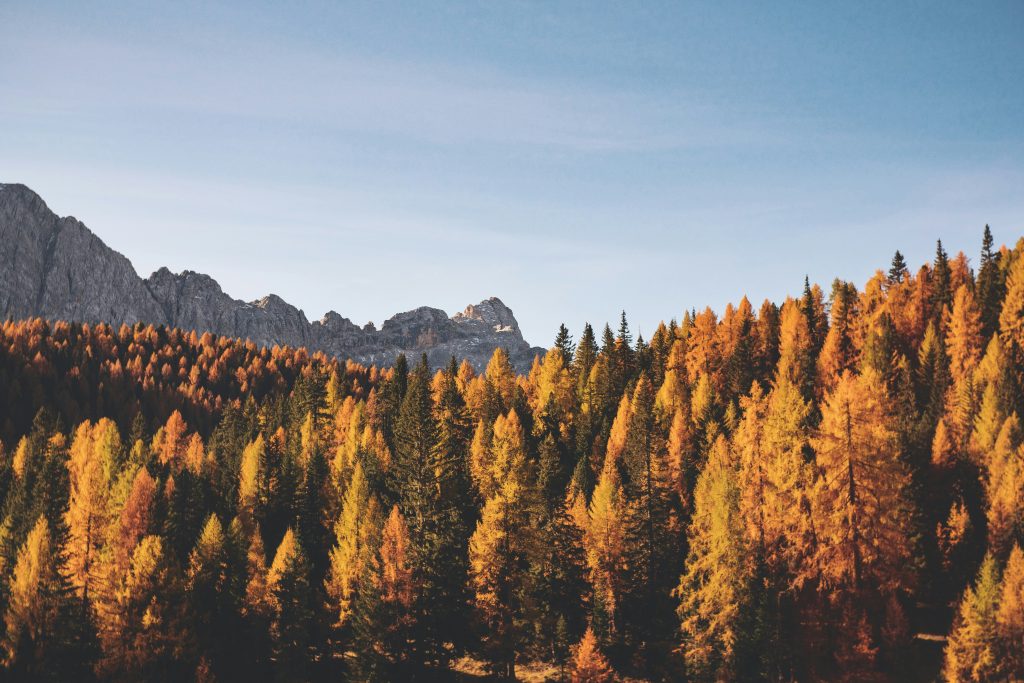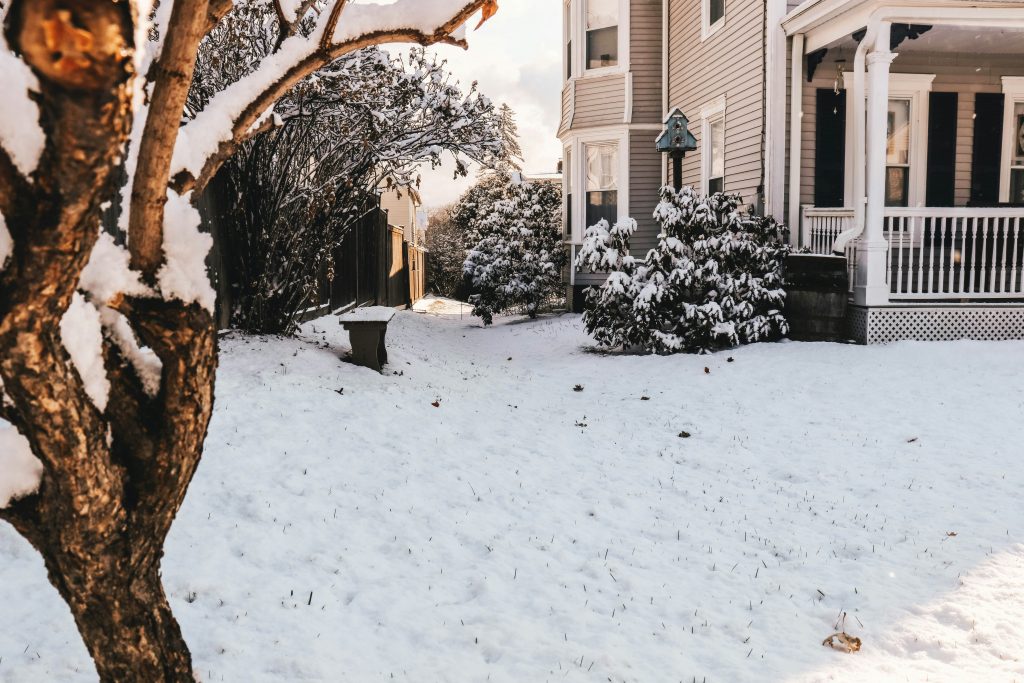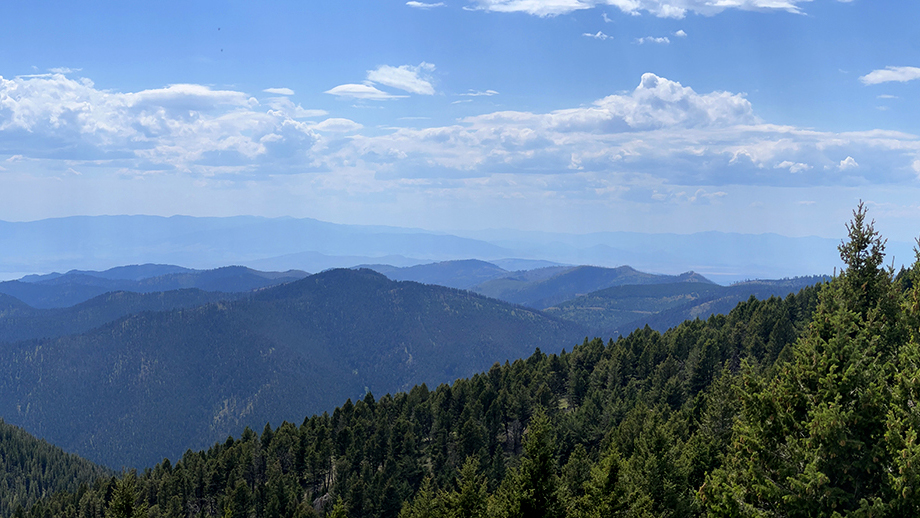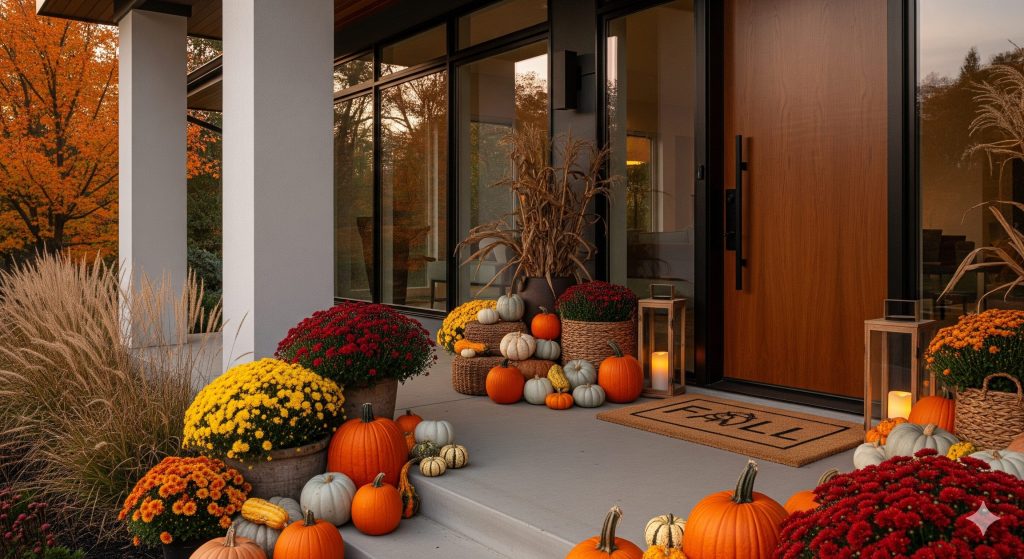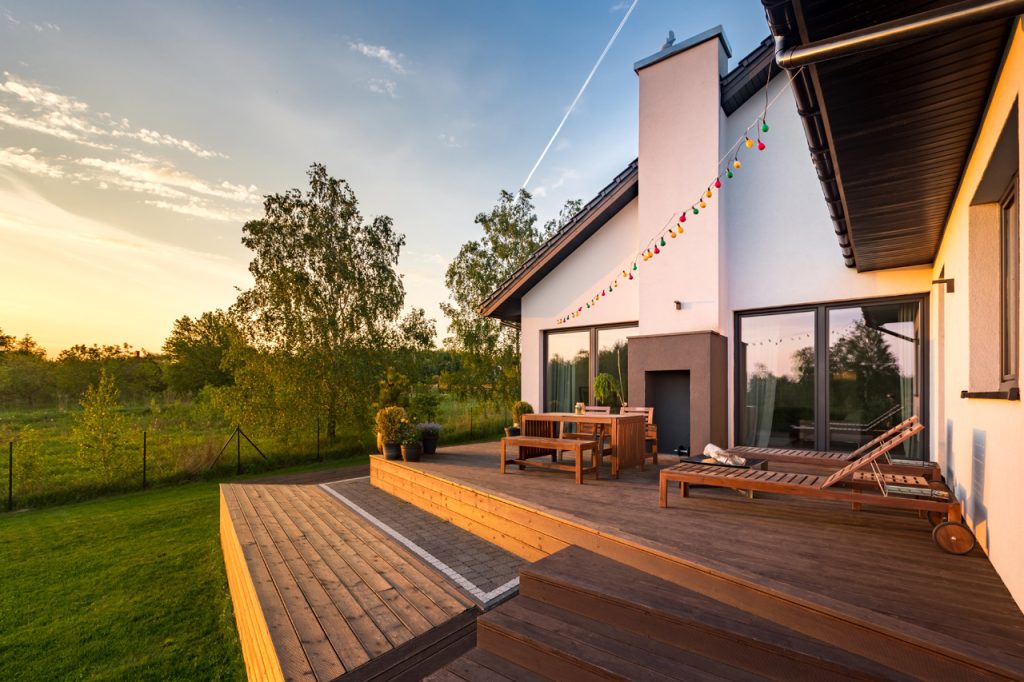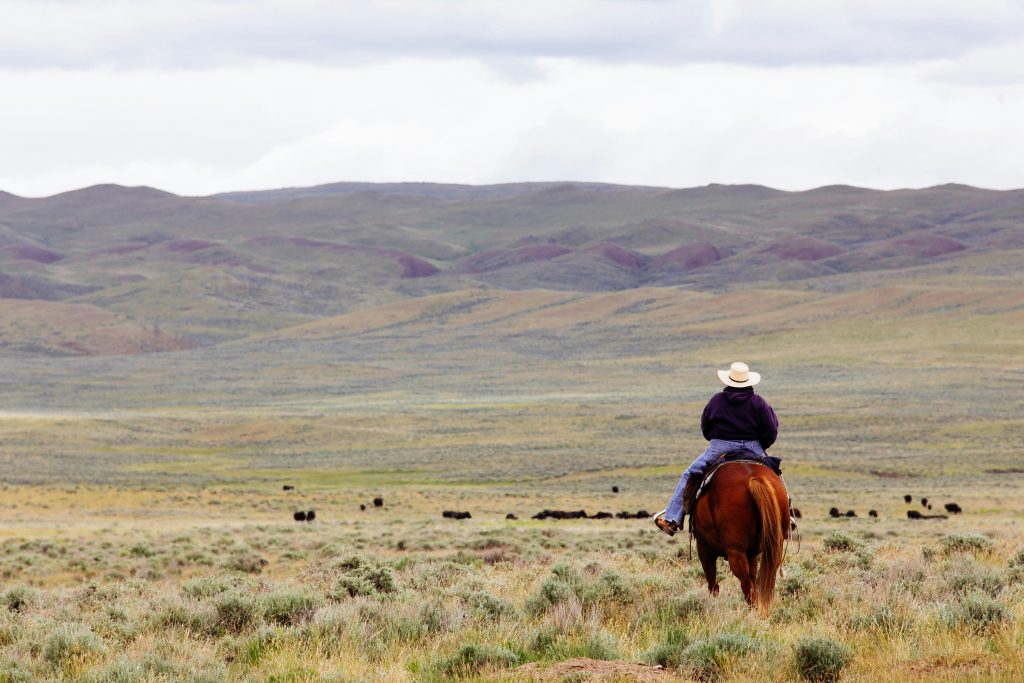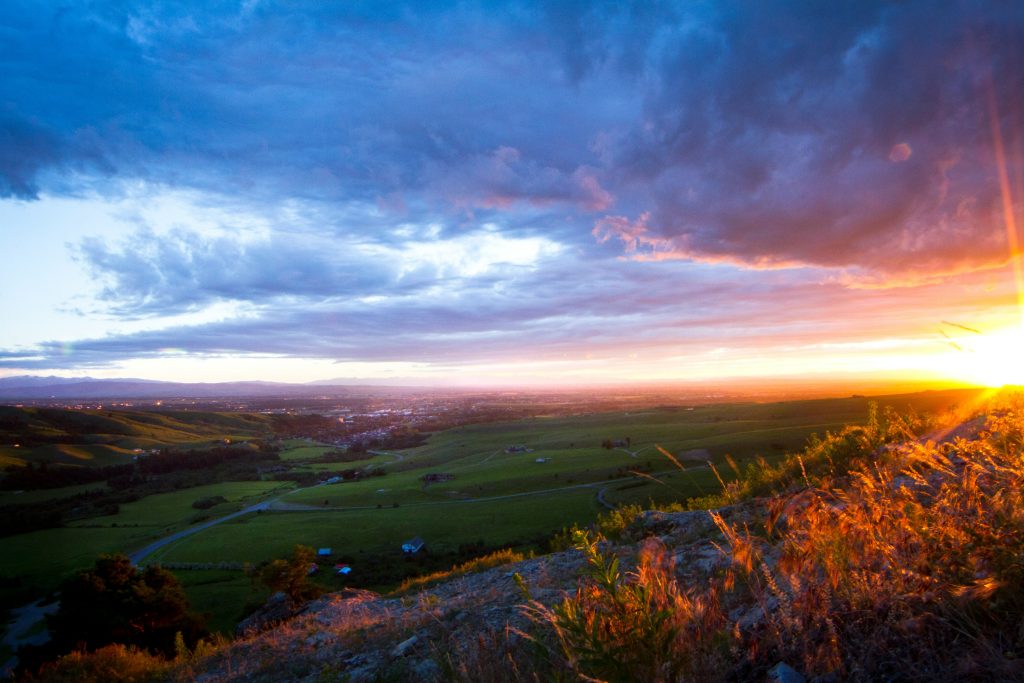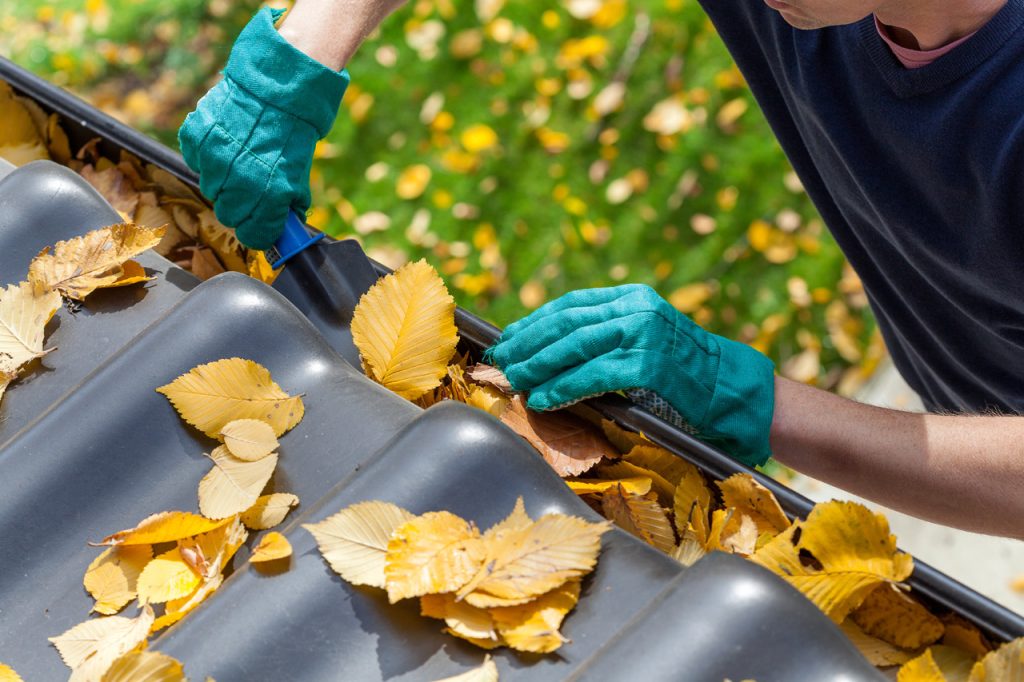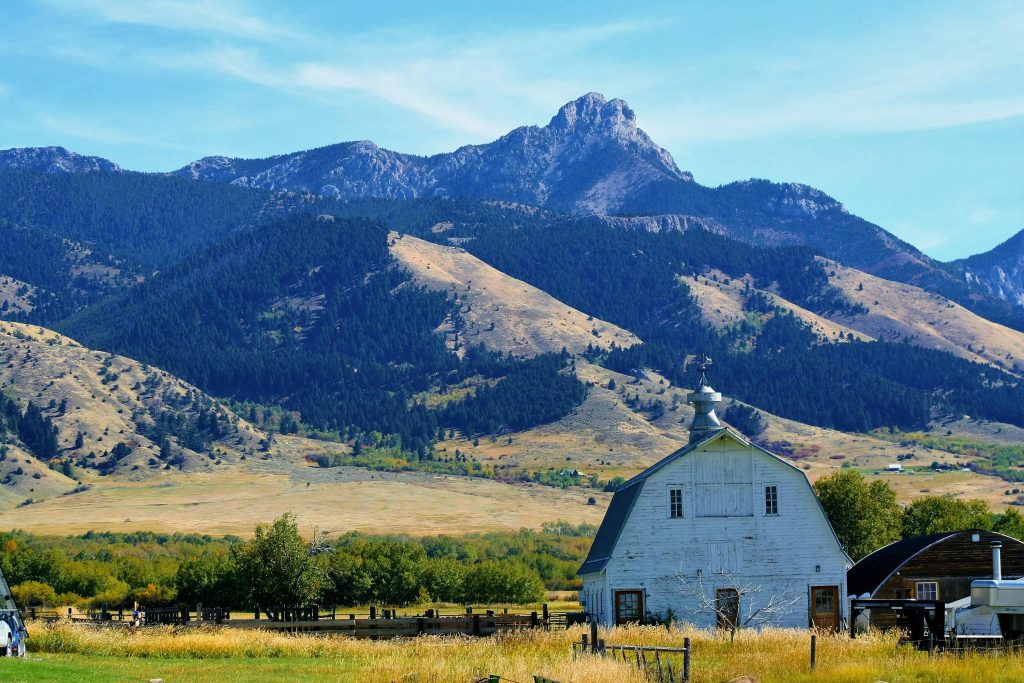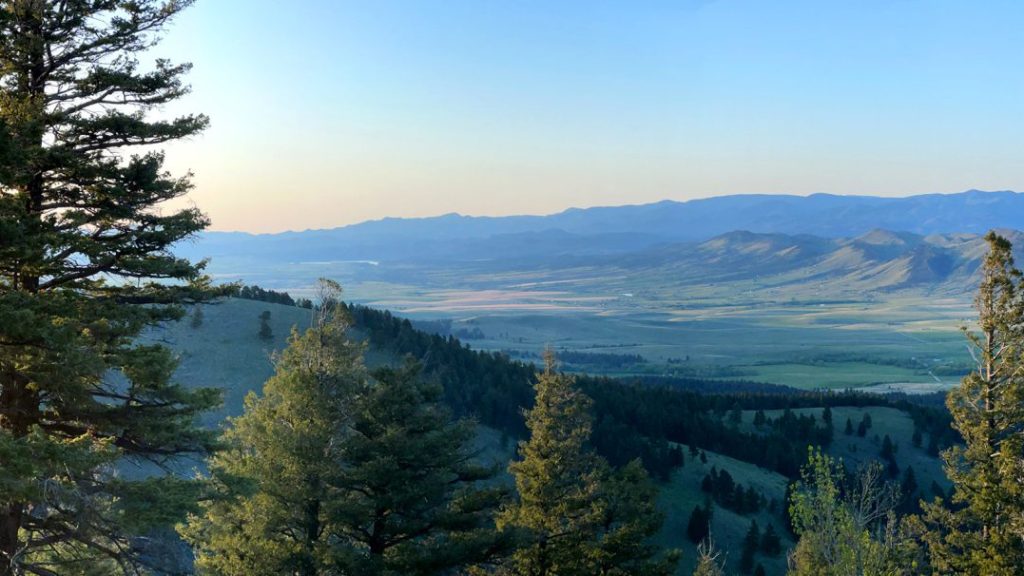As the long days of summer officially close out, the hard work begins—not on the surface, but underground. Fall is the single most critical season for lawn and garden care in Montana. By putting in a few strategic hours of work now, you ensure your yard has the strength and stored energy to survive our long, cold winter and return lush and vibrant next spring.
This is your essential checklist for fortifying your home’s exterior against the harsh season ahead.
The Lawn Strategy (Feeding & Fortifying)
Your grass is working hard right now to grow deep, strong roots. These steps are non-negotiable for a healthy lawn come spring.
Final Fertilization is Essential
This is the most important feeding of the year. Apply a balanced "winterizer" fertilizer in late fall (around Labor Day and a final application before the ground freezes). This feeds the root system, which remains active long after the blades stop growing, and gives your lawn the energy to survive winter dormancy.
Aerate and Overseed
Early fall is the best time to aerate your lawn. The process of pulling small soil plugs relieves compaction from summer traffic, allowing water, air, and fertilizer to reach the roots. Immediately follow up with overseeding to fill in thin spots and build a thick, dense turf for the following year. Watch out for deer and birds that might come along and eat your seed. I've found that laying down grass clippings on top helps keep them in place!
The Final Cut
Gradually lower your mower height as the season ends. Your final mow should be a close cut (around 2 to 3 inches) right before the first hard freeze. This prevents the grass from matting down under the snow, which is the main cause of snow mold and fungal diseases. It also will help walking through your backyard when there's two feet of snow on it.
Clean-Up and Protection (The Top Layer)
These maintenance tasks protect your lawn from disease and prevent costly damage to your home’s systems.
Manage the Leaves
A thick blanket of fallen leaves can smother your grass and trap moisture, leading to disease. Rake heavily, or better yet, mulch-mow light layers of leaves to shred them. The small pieces will decompose and provide natural nutrients to the soil.
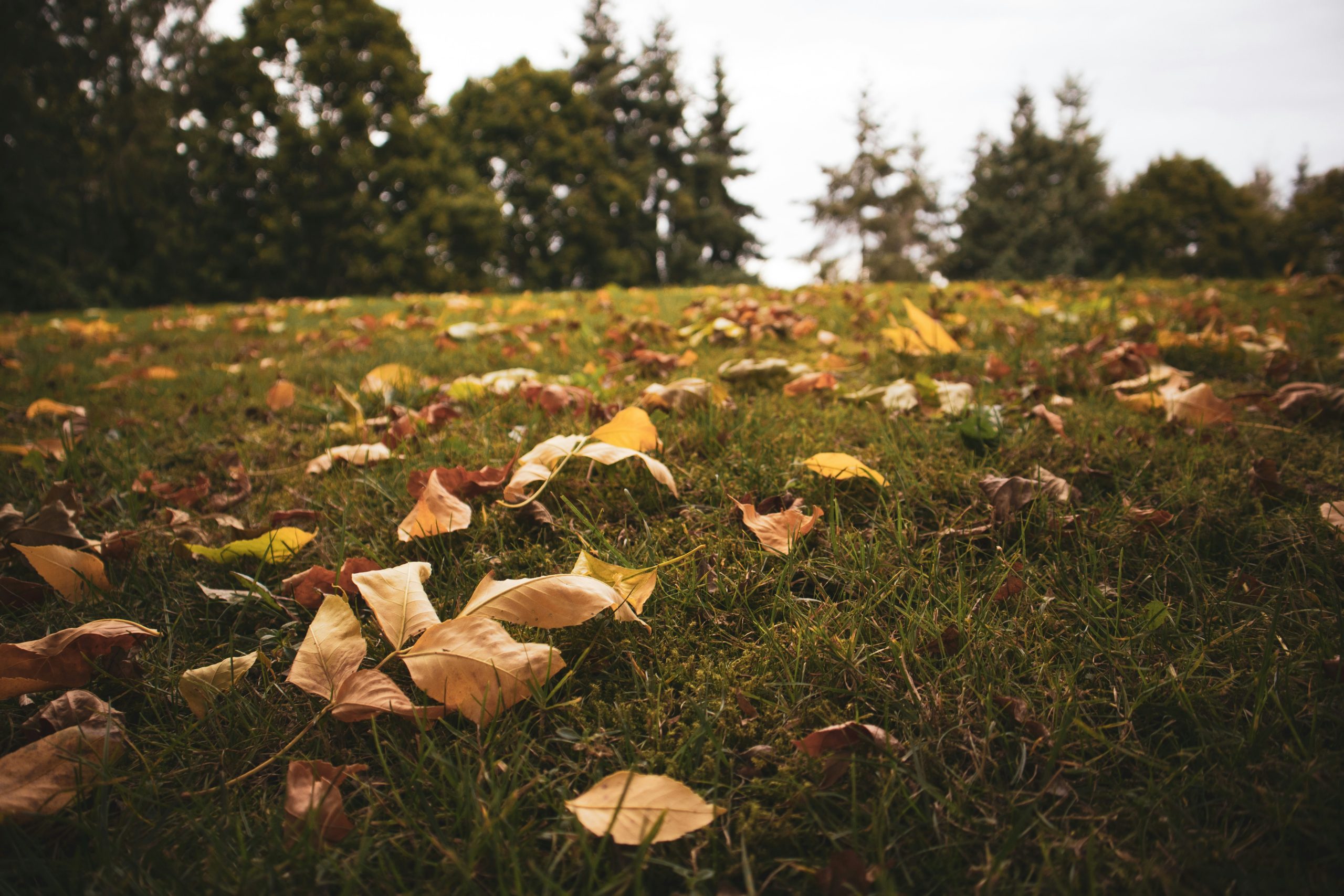
Winterize Your Sprinklers (Non-Negotiable)
Listen, we don't get to have the beautiful Montana winters if we're not willing to work for them. Before the first hard freeze, you must schedule a professional to "blow out" your irrigation system. This removes all water from the lines, preventing pipes, sprinkler heads, and backflow preventers from freezing and bursting. I know you're probably hoping that underground systems are insulated, but the frost line in the Rocky Mountains penetrates sometimes over 3' deep. It's best to just take care of your system every fall.
Clean Gutters and Roof
Clear all leaves and debris from your roof and gutters. Clogged gutters can lead to serious winter damage, including ice dams and structural water infiltration. Ask me about my first hand experience with ice dams...
Store Equipment
Drain fuel from lawn mowers and other gas equipment, clean them thoroughly, and store them in a dry, sheltered area. It will help your equipment winterize better, but it will also be a nice start to your early spring, not having to empty old fuel and gunked up motors.
Garden Bed Bedtime (Perennials, Soil, and Water)
Your flower and vegetable gardens also need a strategic transition into dormancy to ensure they thrive next year. If this isn't your first rodeo, think back to the state of your garden beds were this spring when you were ready to plant. Was it tidy and ready or did you have to deal with pulling old root systems?
Clear Out the Old
Remove all dead annual plants, vegetable scraps, and any foliage that showed signs of disease during the summer. This prevents pathogens from overwintering and resurfacing in the spring.
Feed and Cover the Soil
Do not add traditional fertilizer, as this encourages delicate new growth that will be killed by the cold. Instead, top-dress your garden beds with a generous layer of compost, mulched leaves, or straw. This acts as a protective blanket, insulating perennial roots from extreme temperature fluctuations and protecting the soil structure.
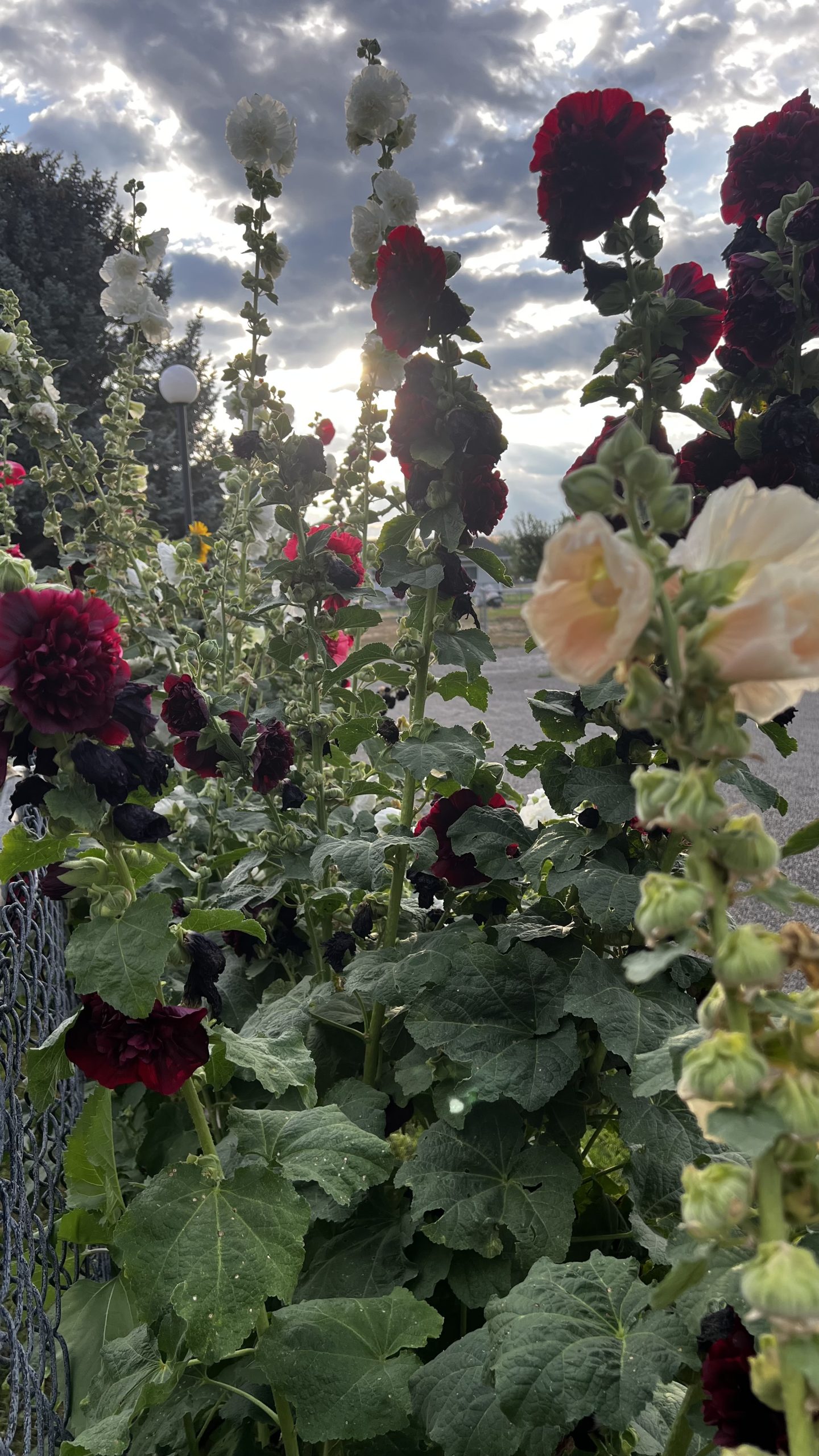
The Final Drink
This is arguably the most important winterizing step for plants: Keep watering until the ground completely freezes. Perennials, shrubs, and trees need to be thoroughly hydrated to survive the dry, cold winter air. Water deeply and consistently until the ground locks up. I am most guilty of this step, often telling my self it's just time for my perennial flowers to start dying off from the frost and cold when in actuality they are just not getting enough water late in the season. This has bit me in the butt numerous times as my plants sometimes fail to come back next spring.
Protect Sensitive Plants
For newly planted shrubs or more sensitive perennials, consider creating a small cage of chicken wire and filling it with mulch to provide extra insulation around the base of the plant.
Winterizing your lawn and garden now is an investment that pays huge dividends when the snow melts. By following this proactive checklist, you are ensuring the health and vitality of your landscape, guaranteeing a greener, thicker, and more vibrant yard next spring.

